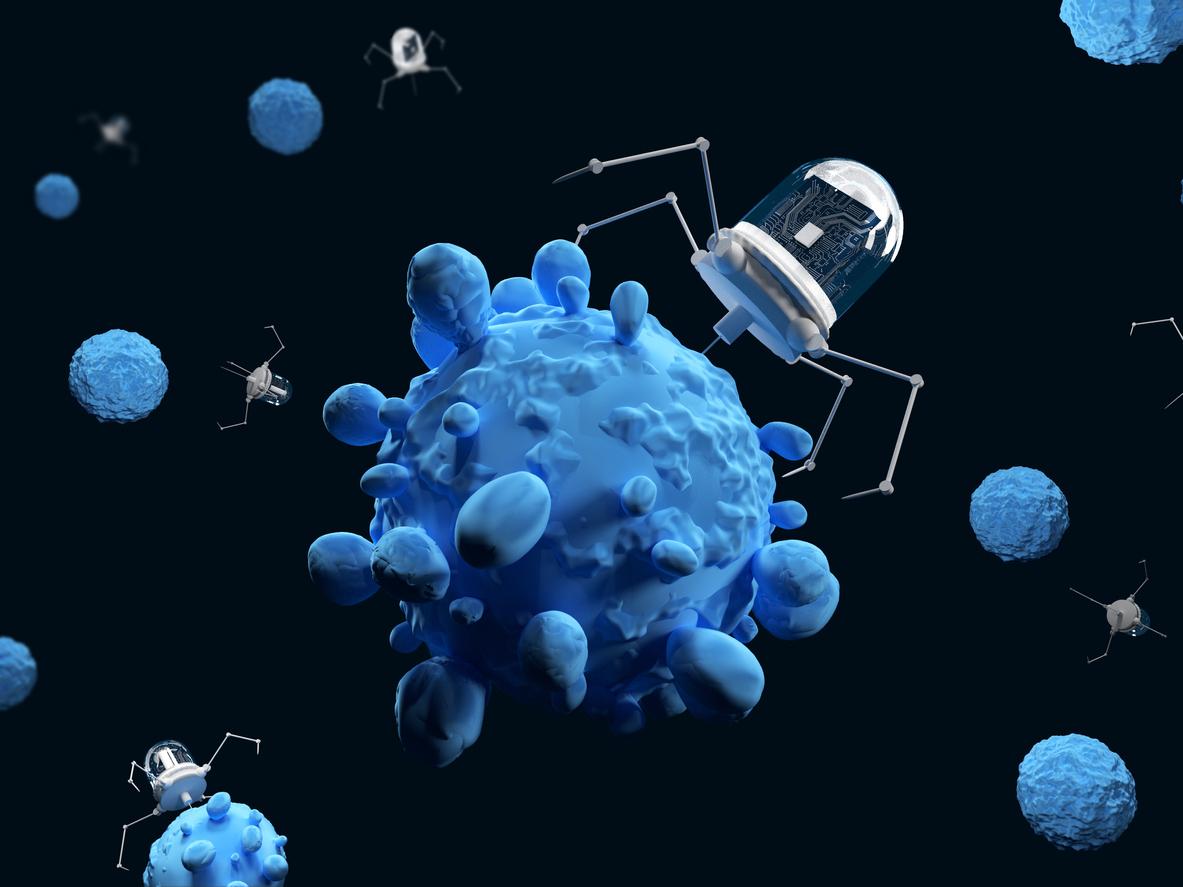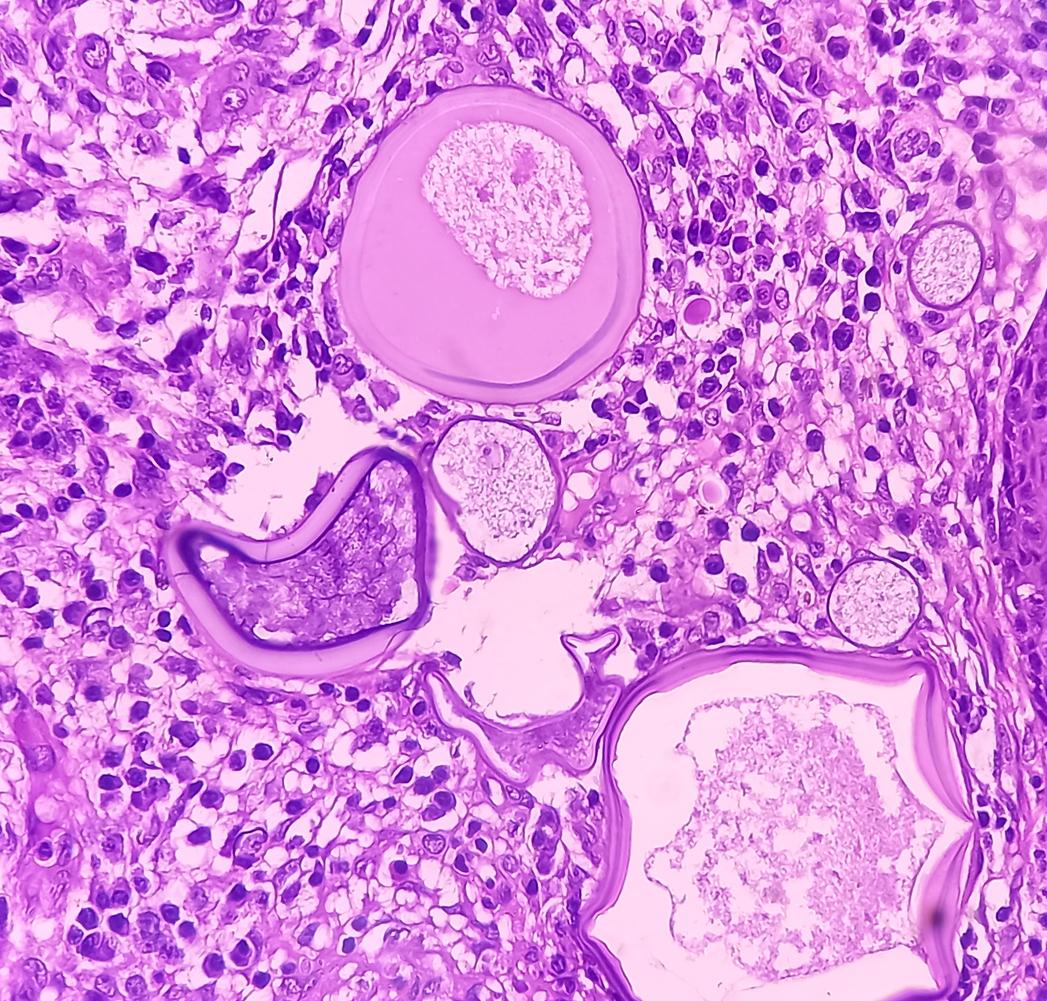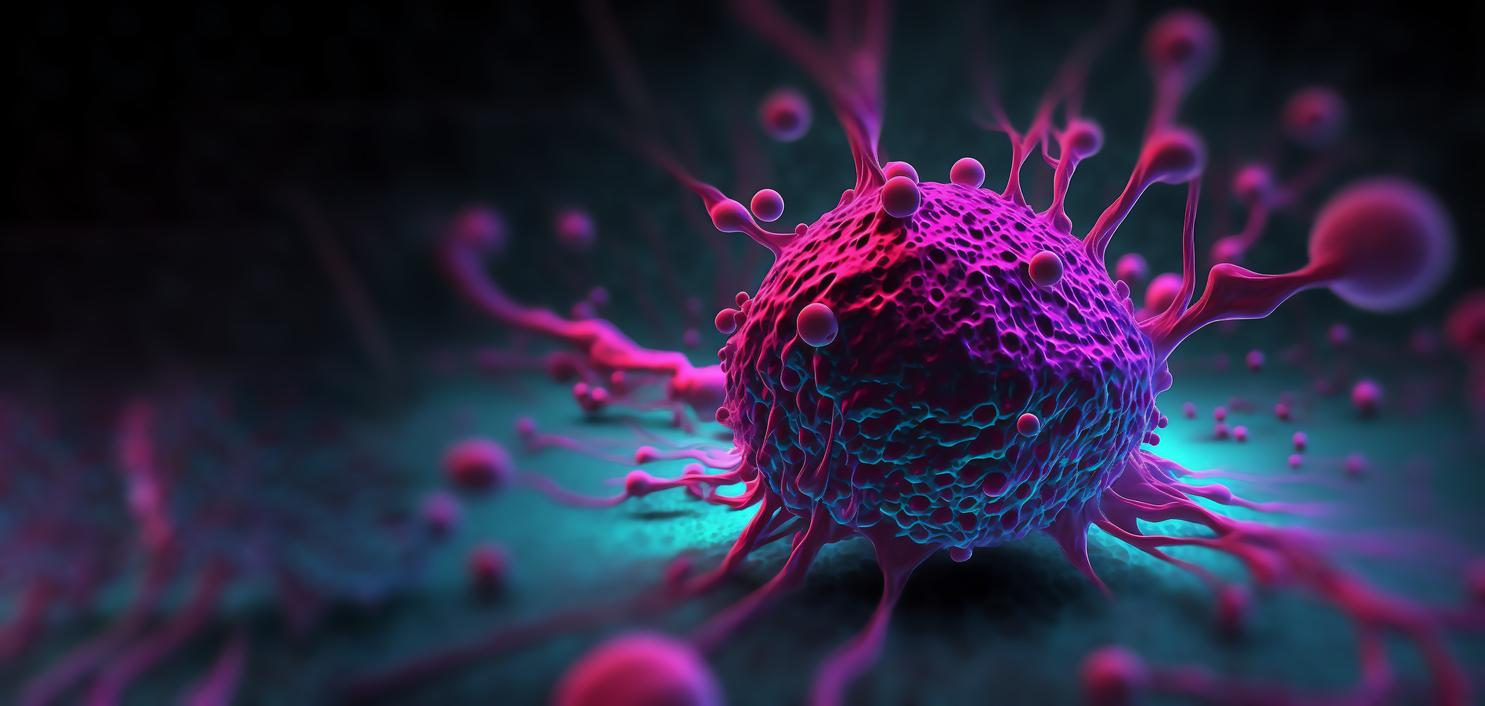Researchers have designed nanoparticles which, propelled by urea present in urine, are capable of drastically reducing the size of bladder tumors.

- Researchers have designed nanoparticles which, propelled by urea present in urine, are capable of directly targeting the bladder tumor and reducing it by 90%, according to clinical trials carried out on mice.
- In question, “the self-propulsion capacity of nanorobots”, which allows them to reach all the walls of the bladder, and their “mobility”, which allows them “to enter and accumulate inside the tumor”, thus improving the effectiveness of the treatment.
- In France, bladder cancer is one of the most common, with more than 13,000 new cases diagnosed each year, mainly in men.
In France, bladder cancer is one of the most common, with more than 13,000 new cases diagnosed each year, mainly among men. While the survival rate of patients largely depends on the stage of the cancer at the time of diagnosis, a team of researchers has developed a revolutionary method to reduce the size of the bladder tumor, and thus increase the chances of cure, by the occurrence, nanorobots capable of delivering therapeutic agents directly to the tumor.
Nanorobots that reduce bladder tumor volume by 90%
According to the study, published in the journal Nature Nanotechnologythese tiny nanomachines are “nanoparticles with the ability to self-propel within the body”can we read in a communicated. They are made of a “porous silica sphere”, and their surfaces include various components with specific functions. Among them are “the enzyme urease, a protein that reacts with urea present in urine, allowing the nanoparticle to propel itself”, And “radioactive iodine, a radioisotope commonly used for the localized treatment of tumors”.
“With a single dose of nanorobots, we observed a 90% reduction in bladder tumor volume in mice, explains Professor Samuel Sánchez, lead author of the study. This is much more effective given that with current treatments, patients with this type of tumor generally have to undergo 6 to 14 hospital visits. Such a therapeutic approach would reduce the length of hospitalization and treatment costs.”

The mobility of nanorobots, a key factor in their action against tumors
How can we explain such efficiency? “The self-propulsion capacity of nanorobots allows them to reach all the walls of the bladder”, says the research team. An advantage compared to the current procedure where, after receiving the treatment directly into the bladder, the patient must change position every half hour to ensure that the medication reaches all the “walls”… Furthermore, nanorobots are able not only to reach the tumor, but also “to enter and accumulate inside the tumor, thus improving the action” radiotherapy. “A key factor is the mobility of nanorobots”summarize the authors.
The next step, already under preparation, will consist of “determine whether these tumors come back after treatment”while almost half of bladder tumors return within 5 years.

















